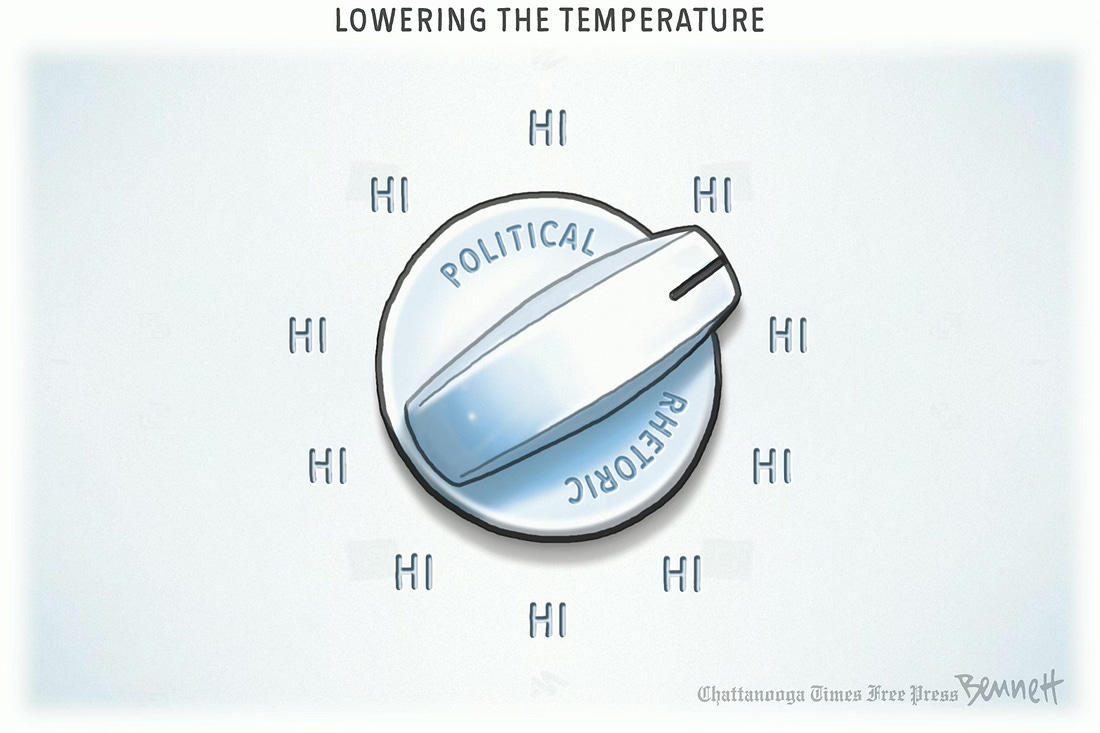Some Big Economic Pieces Starting to Break
Three major fault lines in the economy are starting to crack apart.
We have three big factors in the economy showing breakaway trouble in the news today. One is a possible subprime crisis in auto loans where one of the nation’s largest financial institutions specializing in sub-prime loans for cars to people who have low credit scores recently declared bankruptcy, and then things went worse:
Almost $2 billion of debt behind subprime auto-lender Tricolor Holdings suddenly collapsed yesterday, leaving creditors across the US scrambling to stake their claim on the company’s remaining assets and contain their losses...
You may recall that subprime loans played a big role in the economic breakup of 2008. This particular event this month was significant enough to send major banks, such as JPMorgan Chase & Co., to examine their collateral to assess the scale of their damages.
“Everyone is in the dark as to how serious these allegations of fraud are, so bondholders and lenders are rushing to protect their interests,” said Boris Peresechensky, a portfolio manager at Orange Investment Advisors.
Is this a big enough crack to cause a section of the economy to fall away, or is it indicative of other subprime troubles that are building? So far, there is no evidence it will prove to either of those, but it was a good-sized chunk; and, according to Zero Hedge …
… signs are emerging that it may have been widespread. Banks are exploring whether the same collateral was pledged to multiple lenders.
ZH asks whether this was a canary in the coal mine:
If collateral-backed subprime auto-lenders are collapsing, how long before default rates on Buy-Now, Pay-Later entities start to soar?…
As The Wall Street Journal noted earlier in the week, many young people borrowed to buy cars during the pandemic when they didn’t have to make student loan payments. Now they are struggling to repay both….
Auto delinquencies and car repossessions are getting closer to 2009 recession levels….
There’s always a reckoning after periods of easy money, and the question is whether Tricolor is an outlier or a harbinger.
That is exactly the question.
Is Tricolor Holdings the June 2007 Bear Stearns Structured-Credit Fund of 2025?
I think the concern may be overstretched, but it is worth noting in light of other things that are going on:
Housing slides
One of those other things is another major area of economic stress that is perfectly matched to 2009 when subprime loans collapsed and so did housing. An article in The Daily Mail today claims that a “housing panic” has gripped the US sunbelt states due to continually sliding home prices.
Property prices in many states sprawling across the Sunbelt have plummeted, sparking fears of a real estate market crash.
Seven states saw their housing markets lose value over the past year, according to data from Zillow.
Of course, we know that doesn’t cause too bad of a problem unless there are a lot of adjustable-rate mortgages about to reprice interest during a time when equity in homes is sliding. And, of course, we just learned—or, at least, I just learned and so just reported it here on The Daily Doom—that the percentage of home loans that are ARMs has skyrocketed to the highest its ever been, which all happened as a result of the crazy Covid housing market:
Goldman Sachs reported today that adjustable-rate mortgages (ARMs) have climbed to record levels, beating their highest mark in 2008. Proving that we learned absolutely nothing, as usual, even from our worst economic mistakes. 41% of the mortgages now held by US banks are ARMs!…
Adjustable Rate Mortgages are meaningfully abbreviated as ARMs because they are truly the detonators that armed the neutron bomb that went off throughout global finance. My key realization about what was about to come in 2007 came when I thought about the huge number of ARMs that had a five-year timer….
Now that we have more ARMs than the climax we hit in 2008, we also have the same kind of deteriorating housing market, setting the stage for another global crisis exactly matching 2008….
All the mechanics of this atomic time bomb are fully back in place to where, we could be near the start of another bank-busting housing crisis.
(See: “ANOTHER DEEPER DIVE: The Detonator for another 2008 Housing Crisis Has Arrived!”)
I went on in the part of that Deeper Dive that was for paying subscribers to lay out many more details that indicate a housing bust is nigh and to lay out the likely timing.
California, Texas and Florida are the current sink holes for residential real estate. You can read the details in the article listed below this editorial.
Monetary moves become forced
Finally, we come to the third chunk that started moving this week, and that is monetary policy once again, with the Fed feeling forced to start minor stimulus as the economy ebbs, in spite of the rising forces of inflation heating back up.
For the Federal Reserve, there are no good options. Its chair, Jerome H. Powell, made that clear on Wednesday, shortly after the central bank cut interest rates for the first time this year.
It’s a path fraught with peril because one Fed mandate requires—now that jobs are falling—that the Fed loosen up monetary policy. The other mandate requires—now that inflation is back to rising again, having never gotten down to the Fed’s target—that the Fed tighten up monetary policy so that inflation doesn’t get as out of control as it did a couple of years ago.
“There are no risk-free paths now,” said Mr. Powell. “It’s not incredibly obvious what to do.”
So, the Fed is between a rock and a hard place—exactly where I said they’d land.
The comment was in reference to the tough bind that the Fed now finds itself in at a time when inflation is moving further away from the central bank’s 2 percent target and the labor market is looking much more wobbly. The Fed cannot address both issues simultaneously, and trying to resolve one typically jeopardizes the other.
“Our tools can’t do two things at once,” added Mr. Powell….
If it moves too slowly, it risks causing undue economic damage. If it moves too quickly, it risks stoking inflation….
Jonathan Pingle, who used to work at the Fed and is now chief U.S. economist at UBS, said that pivot made sense at a time when the labor market was really losing momentum and the primary source of price pressures — Mr. Trump’s tariffs — was not something the central bank could do much about.
“Their tool is primarily restraining the labor market, and it’s doing so at a time when those downside risks have increased,” said Mr. Pingle. “It seems reasonably appropriate that if you’re weighing those two risks that you should address the risk you’re better able to address rather than the risk you can’t.”
The severity of the inflation threat also matters. Mr. Powell on Wednesday said that the prospect of a “persistent inflation outbreak” had lessened given that tariffs had raised consumer prices by a lesser magnitude and more gradually than first feared.
The Fed’s policy error will hinge on that last statement as surely as the previous error into high inflation hinged on the Fed’s mistaken belief that the inflation of that time was transitory. This time, they think they have a little wiggle room on inflation because tariffs didn’t cause much. Everyone reading here knows that I certainly didn’t expect inflation to do anything more at this point than start to show up this summer and then get more serious in the months that remain. If I’m right on that, the Fed has another tough lesson to learn … and the rest of us with it!
“Unless you think you’re really dealing with a runaway inflation, you’re not going to risk a recession," said Diane Swonk, chief U.S. economist for the accounting firm KPMG.
But the Fed’s decision to focus on the labor market represents somewhat of a gamble, when it is not entirely clear whether the slowdown in monthly jobs growth is a function of falling demand or a reduced supply of workers as a result of Mr. Trump’s immigration crackdown….
Michael Gapen, chief U.S. economist at Morgan Stanley, said the Fed should be wary about lowering interest rates too much against this backdrop.
“The cost to them could be a much more prolonged overshoot of inflation that calls into question their inflation credibility,” he said.
One thing is certain, inflation isn’t going to go back down to target with interest rates being lowered, so we’re going to have stagflation until the economy flushes harshly enough to possibly take inflation away, but that’s a worse set of troubles. Until that kind of full economic crash happens, now that tariffs are working their way through prices right on schedule, we’re going to see a prolonged and higher overshoot of inflation just from tariffs. That will be made higher by the Fed’s choice to loosen monetary policy even more than it already has.
Economania (national & global economic collapse plus market news)
Subprime Crisis 2.0? Red Flags Fly As Alleged Fraud Triggers Billion-Dollar Auto-Lender Bankruptcy
Real-Estate Rubble (housing, commercial & global real-estate bubble trouble)
Housing panic grips Sunbelt states as property prices plummet
Money Matters (monetary policy, metals, cryptos, currency wars & going cashless)
The Fed Has No Good Options as Hiring Wobbles and Inflation Picks Up
Political Pandemonium & Social Senescence (socio-political issues & events)
ABC Pulls Jimmy Kimmel Off Air for Charlie Kirk Comments After F.C.C. Pressure
After Kimmel suspension, Trump sets sights on Jimmy Fallon, Seth Meyers: 'Do It NBC!'
Trump floats pulling licenses if networks are ‘against’ him after Jimmy Kimmel suspended
Jimmy Kimmel’s cancellation proves right-wingers are the real snowflakes
FCC Chair Carr says ‘we’re not done yet’ after Jimmy Kimmel suspension by ABC
Russia, China and Iran Use Kirk’s Murder to Stoke Conspiracy Theories and Division
Why Trump fumes at Netanyahu in private but still gives him free rein in public
Senate confirms 48 Trump nominees at once, including Kimberly Guilfoyle and Callista Gingrich







